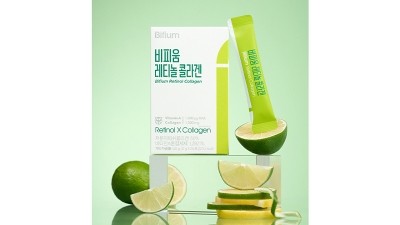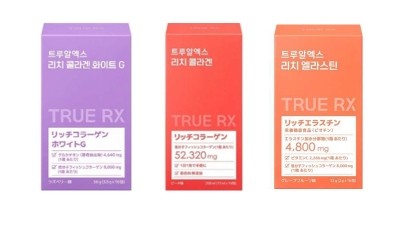Iron metabolism linked to psoriasis, zinc and selenium intake may reduce atopic dermatitis risk – study

The recurrent nature of chronic inflammatory skin diseases and their propensity to complications, such as persistent itching, scarring and hyperpigmentation, not only impact the sufferer’s well-being, but also pose challenges to treatment.
Clinical studies and meta-analytical reviews have suggested a correlation between serum concentrations of minerals and the pathogenesis of these conditions.
In a recently published paper, genome-wide association studies (GWAS) data and Mendelian randomisation were used to investigate the causal relationships among serum levels of five minerals (iron, copper, zinc, selenium, calcium), three iron metabolism indicators, and three chronic inflammatory skin diseases (psoriasis, atopic dermatitis (AD), and acne).
Ferritin level, total iron-binding capacity (TIBC), and transferrin saturation (TSAT) are critical biomarkers for evaluating iron metabolism and storage in the body.
TIBC indicates the total capacity of transferrin in the bloodstream to bind iron, while TSAT reflects the ratio of serum iron to TIBC and serves as an indicator of iron-binding status.
Abnormally high and low TSAT levels signal a disruption in iron homeostasis.
The analysis showed a significant association between TSAT and psoriasis (p = 0.004), whereby each unit increase in TSAT level was linked to an average 18% rise in psoriasis risk.
In addition, elevated serum levels of zinc and selenium were found to effectively reduce the risk of AD (p = 0.039), while serum levels of all five minerals had no significant causal links with acne.
“Although no correlation was found between serum iron level and psoriasis, our investigation revealed an association between TSAT levels and genetic susceptibility to psoriasis, underscoring the pivotal effect of iron homeostasis disruption on disease development.
“Furthermore, our findings indicate that dietary consumption of zinc and selenium may confer a protective effect on the development of AD, although further empirical substantiation and validation are needed. Future research should consider using more diverse databases, thereby enhancing the generalisability of the study results,” the authors wrote.
Importance of iron
The intake of minerals plays a key role in maintaining body functions, and mineral deficiencies or disruptions in metabolic processes, whether hereditary or acquired, are frequently associated with dermatological conditions.
For example, inadequate zinc levels can precipitate perioral dermatitis or acrodermatitis, which is characterised by eruption of small pus-filled bumps or scaly, itchy rashes around the mouth.
Similarly, copper deficiency may result in depigmentation of the skin, while iron deficiency triggers immune responses, immunoglobulin (antibody) class switching, and mast cell degranulation (release of inflammatory substances).
Notably, patients suffering from chronic inflammatory skin diseases often present with low blood pressure and peripheral oedema (swelling in feet, ankles or hands caused by fluid buildup).
Iron is known to be important for wound healing and prevention of inflammation in the skin.
It has been shown that in severe cases of psoriasis, the ferritin-to-iron ratio is elevated, indicating an imbalance in iron homeostasis.
At the same time, maintaining optimal iron levels during pregnancy is associated with a reduced risk of AD and asthma in offspring.
Research has also demonstrated that anaemia affects 27% of psoriasis sufferers, primarily due to folate and iron deficiencies.
Through this study, the researchers believe that an enhanced understanding of the causal dynamics between mineral intake and chronic inflammatory skin diseases can help facilitate preventive or therapeutic actions, as well as identify potential lifestyle and nutraceutical interventions.
Source: Frontiers in Nutrition
https://doi.org/10.3389/fnut.2024.1404117
“A Mendelian randomization analysis of inflammatory skin disease risk due to mineral deficiencies”
Authors: Ronghui Wu, et al


















